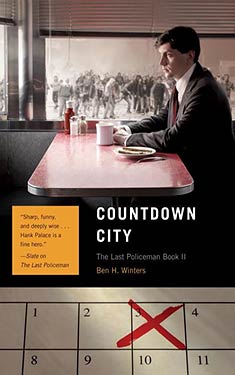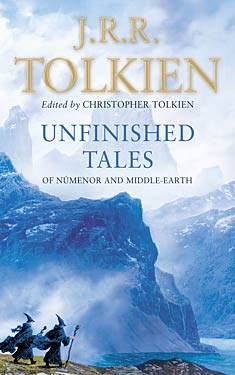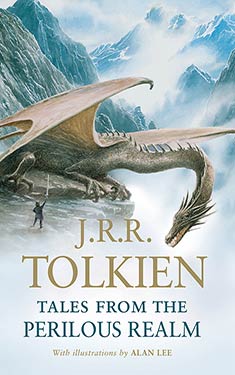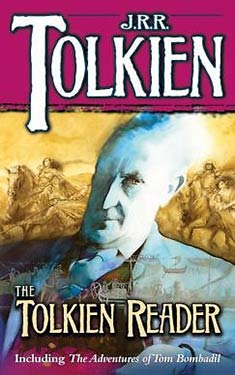Jeff Vandermeer
Completed 4/18/2015, Reviewed 4/23/2015
3 stars
This is the first book of the Southern Reach Trilogy. It’s a dark, creepy, short novel about a
group of explorers investigating a quarantined tract of land within which
something rather catastrophic or apocalyptic may have occurred. It reminded me of “Hyperion”, not for the
“Canterbury Tales” aspect, but for the exploration of something horrifying. The writing is very uneven, but the mystery gripped
through the end.
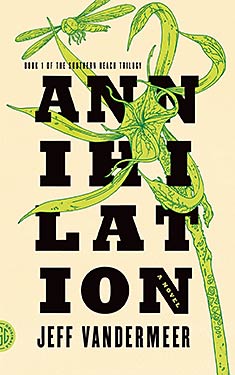 The story begins with four women, members of the twelfth
expedition to investigate a land that has been off-limits for years. No one knows the results of the other
expeditions. The women don’t even know
their own mission’s expectations. By
some unknown means, they are transported into this land, set up camp, and begin
exploring. The first thing they find is
a tower that seems to be shoved into the earth.
Inside, the left wall is covered with some kind of mossy plant life,
growing in the shape of words. Not just
words, but Old Testament-ish prose of warnings and condemnation. This continues down into the dark depths, evoking
fear and anxiety among the team. But of
course, they have to find the writing’s origin.
The story begins with four women, members of the twelfth
expedition to investigate a land that has been off-limits for years. No one knows the results of the other
expeditions. The women don’t even know
their own mission’s expectations. By
some unknown means, they are transported into this land, set up camp, and begin
exploring. The first thing they find is
a tower that seems to be shoved into the earth.
Inside, the left wall is covered with some kind of mossy plant life,
growing in the shape of words. Not just
words, but Old Testament-ish prose of warnings and condemnation. This continues down into the dark depths, evoking
fear and anxiety among the team. But of
course, they have to find the writing’s origin.
I’ll start with the writing.
It is the best part of the book and also the worst. When Vandermeer is describing action or
engaging the characters in conversation, it flows beautifully; it’s incredibly
readable. The problem is the descriptive
prose. Good prose is very important to
me. It should move the reader between
the scenes, setting the mood, tension, and pace of the book. Instead, it grinds the reader down to a
halt. The book’s first sentence alone
nearly made me put it back on the shelf.
I trudged on and was rewarded with tense personality conflicts,
heartbreaking backstory, and tragic horror.
Lately, I’ve been doing more research on the books I’ve been
reading, perusing other people’s reviews and plot summaries for insights I may
have missed. I opened with a comparison
to “Hyperion”, but many readers have noted that the horror is very
Lovecraftian. I have yet to read any of
his work (hangs head in shame) but I understand a bit of the Cthulu mythos and
have seen some effective films based on it.
Yeah, it has that feel. The
progression of discoveries in the creepy environs is almost as effective as the
original “Alien” film.
It’s a surprisingly short book, only about 200 pages. In that small space, Vandermeer crams an
excellent main character, the narrator, giving her backstory and motivation,
but no name. In fact, none of the four
characters know each other’s names, only their occupations. It creates a lack of intimacy that keeps
them, and the reader, in a state of constant tension. And there is a sense that the narrator is
unreliable. What she calls a tower, the
rest call a tunnel. In fact, all the
characters are hypnotized to help them deal with the stressful nature of their
mission. This calls into question the
narrator’s interpretation of the whole experience. But she’s a great character, remarkably well-developed
in such a short amount of space.
I don’t know anything about the next two books in the
trilogy. I liked the horror premise
enough that I’m willing to bear the bad prose for some more terrifying experiences. This book was nominated for a Nebula. As I blog this, the award hasn’t been given,
but I don’t think this should win. I
liked it a lot, but the writing is just too uneven for me. I’m giving this book three stars out of
five. Good, but I think it in better
hands, it could have been great.
